BlackHoles
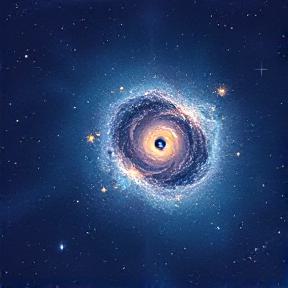
NASA’s Chandra Finds Small Galaxies May Buck the Black Hole Trend
NASA’s Chandra Finds Small Galaxies May Buck the Black Hole Trend NASA’s Chandra X-ray Observatory has found that smaller galaxies do not contain supermassive black holes nearly as often as larger galaxies, contradicting a common idea. A study of over 1,600 galaxies collected in more than two decades of Chandra data suggests that only about […]
🔬 Science
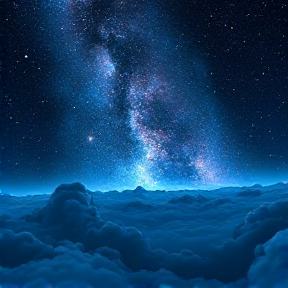
October’s Night Sky Notes: Let’s Go, LIGO!
October’s Night Sky Notes: Let’s Go, LIGO! September 2025 marks the 10th anniversary of the first direct detection of gravitational waves by LIGO, a milestone that confirms Albert Einstein’s 1916 theory of General Relativity. Gravitational waves are ripples in space-time created by massive objects accelerating in space, such as black holes merging or stars going […]
🔬 Science
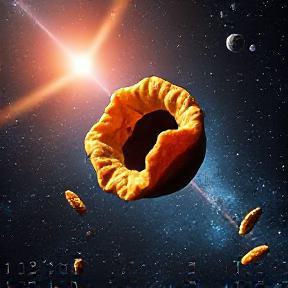
Rare Type of Black Hole Snacks on Star
Rare Type of Black Hole Snacks on Star NASA’s Hubble Space Telescope and Chandra X-ray Observatory have identified a new possible example of an intermediate-mass black hole (IMBH) called NGC 6099 HLX-1. The IMBH, which weighs between 100-100,000 times the mass of our Sun, is thought to reside in a compact star cluster within a […]
🔬 Science
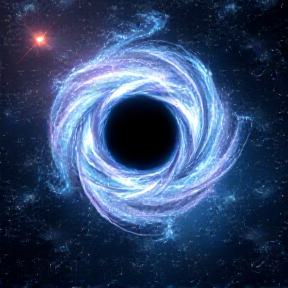
Meet ‘lite intermediate black holes,’ the supermassive black hole’s smaller, much more mysterious cousin
Meet ‘lite intermediate black holes,’ the supermassive black hole’s smaller, much more mysterious cousin Scientists have been searching for “lite intermediate black holes” (IMBHs), which are black holes with masses between stellar and supermassive black holes, as they can provide insights into how the universe grows and evolves. The detection of IMBHs is challenging due […]
🔬 Science

3 Black Holes Caught Eating Massive Stars in NASA Data
3 Black Holes Caught Eating Massive Stars in NASA Data A new study using NASA, ESA, and other institutions’ data has discovered three extreme examples of supermassive black holes feasting on massive stars, releasing more energy than 100 supernovae. The events, known as “extreme nuclear transients,” are rare occurrences that can help unveil massive supermassive […]
🔬 Science
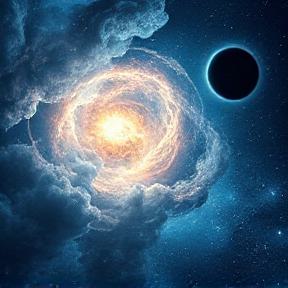
The Universe’s Brightest Lights Have Some Dark Origins
The Universe’s Brightest Lights Have Some Dark Origins The universe’s brightest lights come from regions around black holes at the centers of galaxies, which are detected by satellites like NASA’s Fermi Gamma-ray Space Telescope. These bright sources are often blazars, a type of active galaxy powered by supermassive black holes that have jets of particles […]
🔬 Science
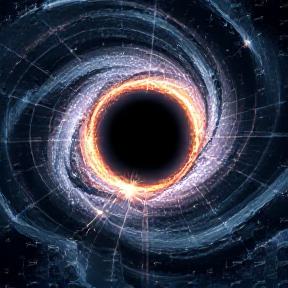
Flickering X-rays shed light on supermassive black holes
Flickering X-rays shed light on supermassive black holes Flickering X-rays from the NASA Chandra X-Ray Observatory telescope have provided insight into the relationship between galaxies and their supermassive black holes, shedding light on how the universe developed over the past 14 billion years. Researchers analyzed 15 years of data collected by Chandra to reconstruct the […]
🔬 Science

Jets from powerful black holes can point astronomers toward where − and where not − to look for life in the universe
Jets from powerful black holes can point astronomers toward where − and where not − to look for life in the universe Black holes, like the one in this illustration, can spray powerful jets. S. Dagnello (NRAO/AUI/NSF), CC BY-SA One of the most powerful objects in the universe is a radio quasar – a spinning […]
🔬 Science
